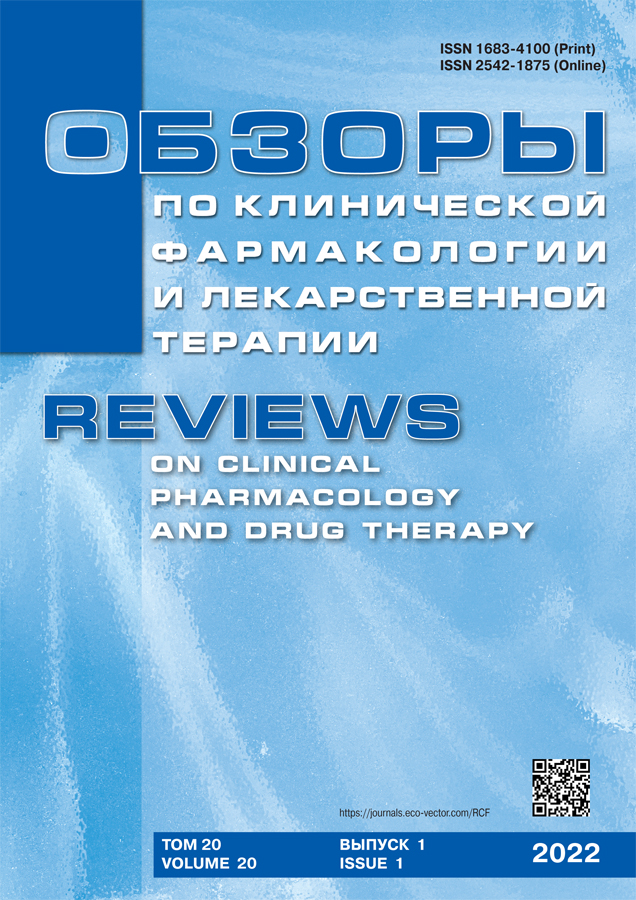Does succinate as a structural component of a drug enhance efficacy of treatment of asthenic disorders in patients with somatic injuries?
- Authors: Buznik G.V.1
-
Affiliations:
- Institute of Experimental Medicine
- Issue: Vol 20, No 1 (2022)
- Pages: 89-98
- Section: Clinical pharmacology
- Submitted: 27.05.2022
- Accepted: 27.05.2022
- Published: 27.05.2022
- URL: https://journals.eco-vector.com/RCF/article/view/108292
- DOI: https://doi.org/10.17816/RCF20189-98
- ID: 108292
Cite item
Abstract
AIM: The aim was to assess the efficacy of treatment of asthenic syndrome in patients with combined injuries by means of succinate containing metabolic drugs (Mexidol, Cytoflavine, Metaprot plus) in comparison with non-succinate containing drugs of analogic structure or composition (Emoxipine, Riboxine, Metaprot) to clear up the significance of succinate as a functional structural element of the molecule.
MATERIALS AND METHODS: In 134 surgical patients and sufferers with combined injuries, an asthenic syndrome (high anxiety, depression, high psychic and physical tiredness, weakness, absent-mindedness, attention disorders, reduced physical and psychical ability, need in durative rest, high psychic exhaustion, social disadaptation) was revealed by clinical, psychological and instrumental methods.
RESULTS: Metabolic drugs containing succinate (Mexidol, Cytoflavine, Metaprot plus) in more degree than non-containing succinate in their structure (Emoxipine, Riboxine, Metaprot) were clinically effective in abolition or reduction of the asthenic syndrome in such patients. Antiasthenic action was represented by proper antiasthenic, antidepressant, anxiolytic, nootropic (cognitive) and positive general somatic effects of the drugs.
CONCLUSION: The data confirm that succinate in the structure (composition) of the metabolic drugs significantly enhances protective action against asthenic syndrome in surgical patients with combined injuries.
Full Text
About the authors
Galina V. Buznik
Institute of Experimental Medicine
Author for correspondence.
Email: galina.viki@mail.ru
Cand. Sci. (Med.), Doctoral Student
Russian Federation, Saint PetersburgReferences
- Zarubina IV, Lukk MV, Shabanov PD. Antihypoxic and antioxidant effects of exogenous succinic acid and aminothiol succinate-containing antihypoxants. Bull Exp Biol Med. 2012;153(3):336–339.
- Shabanov PD. Cytoflavin in treatment of asthenic states. SPF Polysan; 2012. 40 p. (In Russ.)
- Shabanov PD, Buznik GV, Bairamov AA. Farmakoterapiya astenicheskogo sindroma sredstvami metabolicheskoi terapii: rekomendatsii dlya vrachei. Saint Petersburg: VMedA; 2020. 76 p. (In Russ.)
- Stal’naya I.D. Metod opredeleniya dienovykh kon’’yugatov nenasyshchennykh vysshikh zhirnykh kislot. In: Sovremennye metody v biohimii. Orehovich VN, ed. Moscow: Meditsina; 1977. P. 63–64. (In Russ.)
- Stal’naya ID, Girishvili TG. Metod opredeleniya malonovogo dial’degida s pomoshch’yu tiobarbiturovoi kisloty. In: Sovremennye metody v biohimii. Orehovich VN, ed. Moscow: Meditsina; 1977. P. 66–68. (In Russ.)
- Dubinina EE, Sal’nikova LA, Efimova LF. Activity and isoenzyme spectrum of superoxide dismutase of human red cells and blood plasma. Laboratornoe delo. 1983;(10):30–33. (In Russ.)
- Putilina F.E. Metody biochimicheskih issledovanii. Prohorova MI, ed. Leningrad: Leningrad State University; 1982. P. 183–187. (In Russ.)
- Buznik GV, Shabanov PD. Pharmacotherapy of asthenic disorders in surgical patients and sufferers with combined injuries by means of succinate containing drugs. Vestnik of the Smolensk State Medical Academy. 2020;17(3):17–30. (In Russ.) doi: 10.37903/vsgma.2020.3.3
- Vorobieva VV, Shabanov PD. Exposure to whole body vibration impairs the functional activity of the energy producing system in rabbit myocardium. Biophysics. 2019;64(2):251–255. doi: 10.1134/S0006350919020210
- Voronina TA, Yasnetsov VV, Smirnov LD, et al. Mexidol effects in extreme conditions (experiments with animals). Aerospace and Environmental Medicine. 2007;41(1):42–47. (In Russ.)
- Vorobieva VV, Shabanov PD. Tissue-specific peculiarities of vibration-induced hypoxia in rabbit liver and kidney. Bull Exp Biol Med. 2019;167(5):621–623. doi: 10.1007/s10517-019-04583-0
- Voronina TA, Ivanova EA. Combined administration of mexidol with known medicines. S.S. Korsakov Journal of Neurology and Psychiatry. 2019;119(4):115–124. doi: 10.17116/jnevro2019119041115
- Voronina TA. Mexidol: the spectrum of pharmacological effects. S.S. Korsakov Journal of Neurology аnd Psychiatry. 2012;112(12): 86–90.
- Shabanov PD, Zarubina IV. Hypoxia and antihypoxants, focus on brain injury. Reviews on Clinical Pharmacology and Drug Therapy. 2019;17(1):7–16. doi: 10.17816/RCF1717-16
- Isakov VA, Kovalenko AL, Turkin VV, et al. Efficacy of cytoflavin in therapy of encephalophathy in patients with neuroinfection. Antibiotics and Chemotherapy. 2010;55(1–2):36–41.
- Isar J, Agarwal L, Saran S, et al. Effect of process parameters on succinic acid production in Escherichia coli W3110 and enzymes involved in the reductive tricarboxylic acid cycle. Can J Microbiol. 2006;52(9):893–902. doi: 10.1139/w06-034








